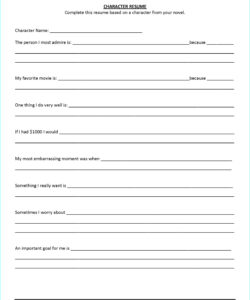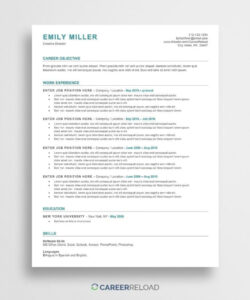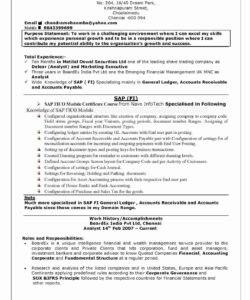Security clearance is a valuable asset for job seekers in the government and defense industries. It is a certification that allows individuals to access classified information and work on sensitive projects. If you have a security clearance, it is important to highlight it on your resume to increase your chances of getting hired. In this article, we will discuss how to list security clearance on your resume.
Introduction
Before we dive into the details of how to list security clearance on your resume, let’s first understand what security clearance is and why it is important. Security clearance is a process that allows individuals to access classified information. It is granted by the government after a thorough background check and investigation. There are different levels of security clearance, ranging from confidential to top secret. Having a security clearance is a valuable asset for job seekers in the government and defense industries, as it allows them to work on sensitive projects and access classified information.
Now that we have a basic understanding of what security clearance is, let’s move on to the details of how to list it on your resume.
How to List Security Clearance on Your Resume
Listing your security clearance on your resume is important, as it can increase your chances of getting hired. Here are some tips on how to list security clearance on your resume:
1. Include the Type of Clearance
The first step in listing your security clearance on your resume is to include the type of clearance you have. There are different levels of security clearance, ranging from confidential to top secret. Make sure to include the type of clearance you have, as it will give the employer an idea of the level of access you have to classified information.
2. Include the Date of Clearance
Another important detail to include when listing your security clearance on your resume is the date of clearance. This will give the employer an idea of how recently you were cleared, and whether your clearance is still valid. If your clearance has expired, make sure to mention that as well.
3. Include the Issuing Agency
It is also important to include the issuing agency when listing your security clearance on your resume. This will give the employer an idea of the level of scrutiny you underwent during the clearance process. Some of the common agencies that issue security clearances include the Department of Defense, the Department of Energy, and the Central Intelligence Agency.
4. Highlight Your Experience
Finally, make sure to highlight your experience working with classified information. This will show the employer that you have the necessary skills and experience to work on sensitive projects. If you have worked on any high-profile projects that required security clearance, make sure to mention them.
Conclusion
Listing your security clearance on your resume is important if you are looking for a job in the government or defense industries. Make sure to include the type of clearance, the date of clearance, the issuing agency, and your experience working with classified information. By following these tips, you can increase your chances of getting hired for your dream job.
FAQ
Q: How do I know if I have a security clearance?
A: If you have a security clearance, you will know. The government will notify you if you have been granted a security clearance.
Q: How long does it take to get a security clearance?
A: The time it takes to get a security clearance varies depending on the level of clearance and the agency that is conducting the investigation. It can take anywhere from a few weeks to several months.
Q: Can I list my security clearance if it has expired?
A: Yes, you can list your security clearance even if it has expired. Just make sure to mention that it has expired.


